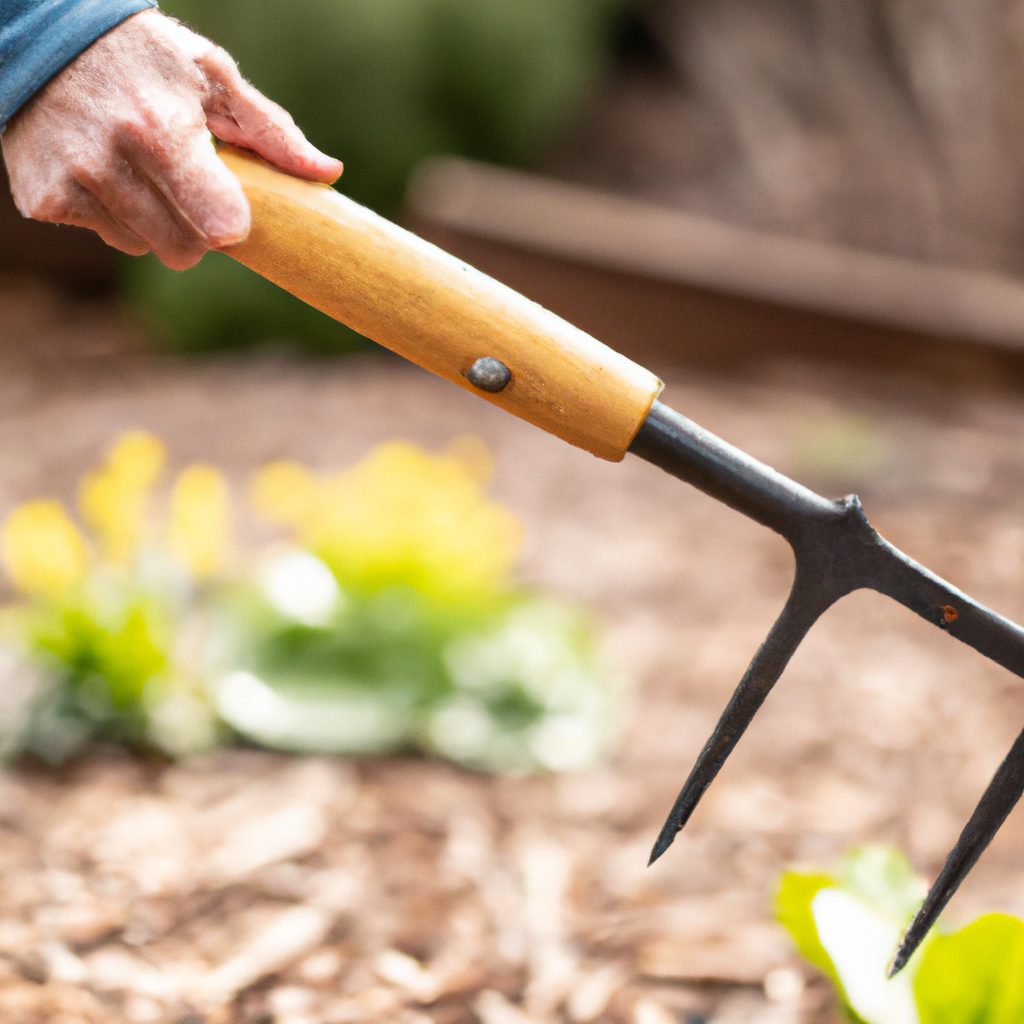
Welcome to our comprehensive guide on the lesser-known garden tool that can revolutionize your gardening experience. In this article, we will explore the benefits of using this tool, how it contributes to the health of your soil, and ultimately helps your plants thrive. Whether you are an experienced gardener or just starting out, this tool is a game-changer that deserves your attention.
Understanding the Importance of Soil Health
Before we delve into the details of this garden tool, let’s first understand why maintaining soil health is crucial for successful gardening. Soil is the foundation of plant growth, providing essential nutrients, water, and support. Without healthy soil, plants struggle to establish strong root systems, absorb nutrients, and withstand environmental stressors.
The Role of Soil Aeration in Plant Growth
One key aspect of maintaining soil health is ensuring proper soil aeration. Soil aeration refers to the process of creating channels or pockets of air within the soil. Adequate aeration promotes the movement of oxygen, water, and nutrients to the plant roots, facilitating their uptake and overall growth.
Introducing the Garden Tool: The Soil Aerator
Now, let’s introduce you to the star of this article – the soil aerator. This innovative tool is designed to create small holes or channels in the soil, promoting better aeration and drainage. It can come in various forms, such as handheld tools, manual push aerators, or even motorized aerators for larger areas.
Benefits of Using a Soil Aerator
Using a soil aerator offers numerous benefits that contribute to the overall health and vitality of your garden. Let’s explore some of the key advantages:
Improved Soil Structure and Drainage
By creating channels in the soil, a soil aerator improves its overall structure. Compacted soil tends to restrict root growth and water infiltration, leading to poor drainage. The aerator helps break up compacted soil, allowing water to penetrate deeper and preventing excess moisture buildup.
Enhanced Nutrient Absorption
When the soil is properly aerated, plant roots can access nutrients more effectively. The channels created by the aerator allow nutrients to reach the root zone, ensuring better absorption and utilization by the plants. This results in healthier, more vigorous growth.
Reduction in Soil Erosion
Compacted soil is more prone to erosion, especially during heavy rainfall or watering. Aeration helps mitigate erosion by improving soil structure and allowing water to infiltrate instead of running off the surface. This is particularly beneficial for sloped or uneven terrain.
Prevention of Soil Compaction
Regular use of a soil aerator helps prevent soil compaction, a common problem in high-traffic areas of the garden. Compacted soil restricts root growth and hampers overall plant health. By aerating the soil, you create a favorable environment for roots to spread and establish effectively.
Using a Soil Aerator: Tips and Best Practices
To make the most out of your soil aerator, here are some essential tips and best practices:
- Choose the right type of aerator for your specific needs and garden size. Consider factors such as manual or motorized operation, soil type, and the area you need to cover.
- Before using the aerator, ensure that the soil is moist but not overly wet. Aerate when the soil is slightly damp to prevent excessive soil compaction or damage.
- Start by marking the area you plan to aerate, ensuring even coverage throughout your garden. This will prevent you from missing any spots or overlapping unnecessarily.
- Use a consistent and deliberate motion while operating the aerator. For handheld tools, apply steady pressure and create evenly spaced holes or channels. For larger aerators, follow the manufacturer’s instructions for optimal operation.
- Consider aerating your soil at least once a year, preferably during the early spring or fall seasons. This allows for ample time for the soil to recover and for plants to benefit from the improved aeration.
Conclusion
In conclusion, incorporating a soil aerator into your gardening routine can significantly improve soil health, leading to thriving plants and a bountiful garden. By using this lesser-known garden tool, you can enhance soil structure, promote better drainage, and facilitate nutrient absorption. Remember to choose the right aerator for your needs and follow best practices for optimal results. Embrace the power of soil aeration and unlock the full potential of your garden. Happy gardening!